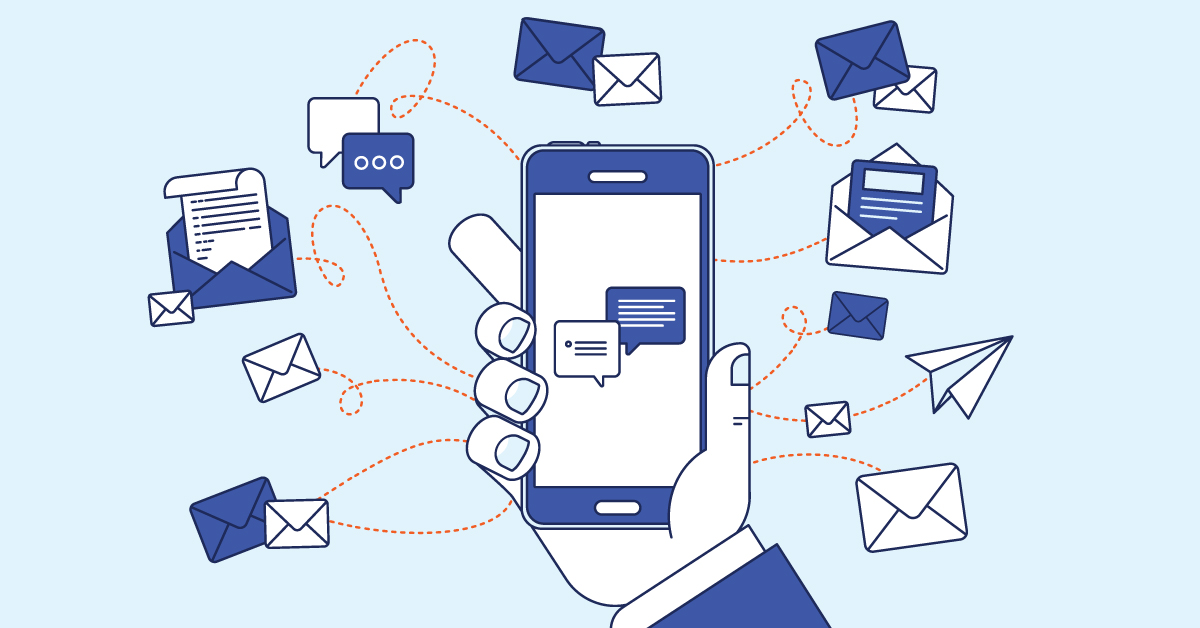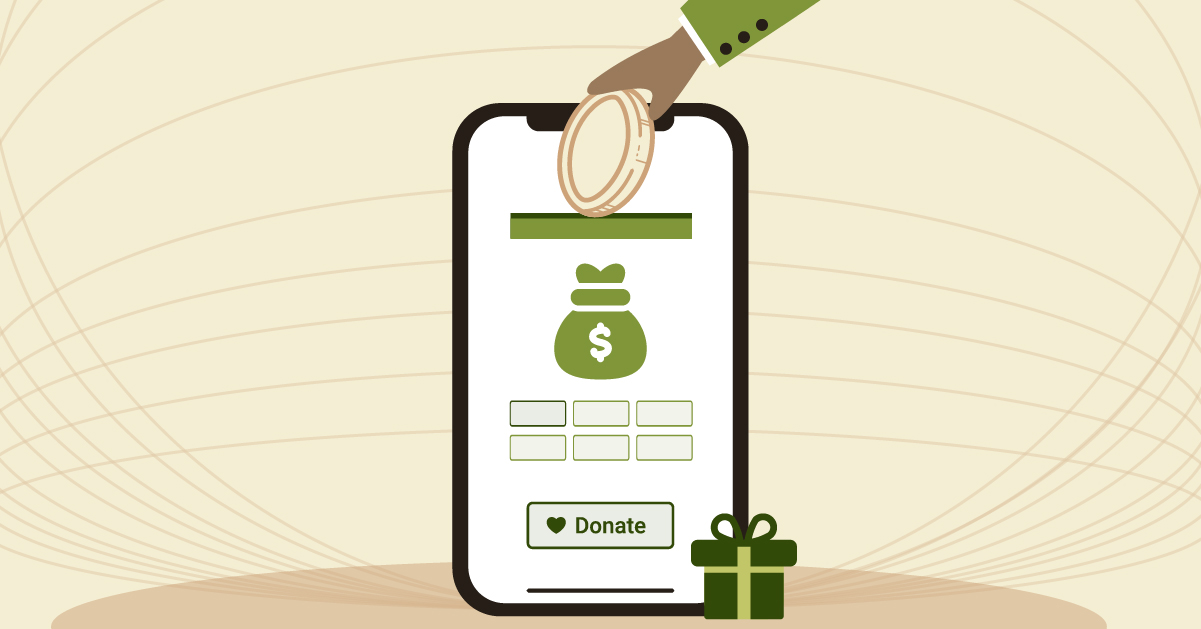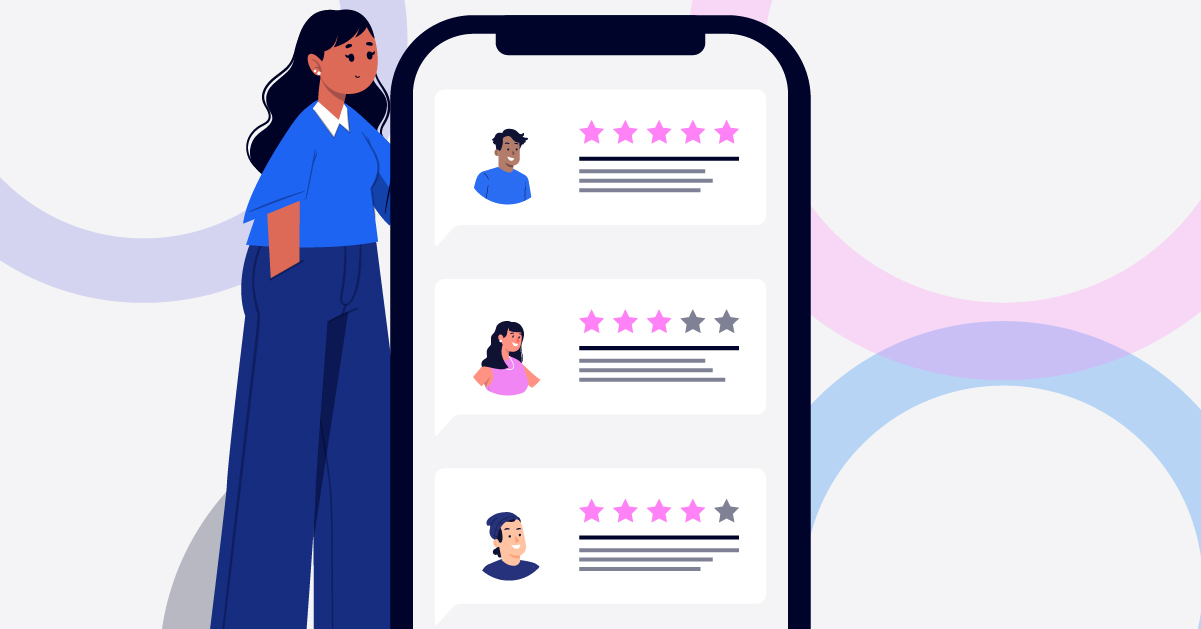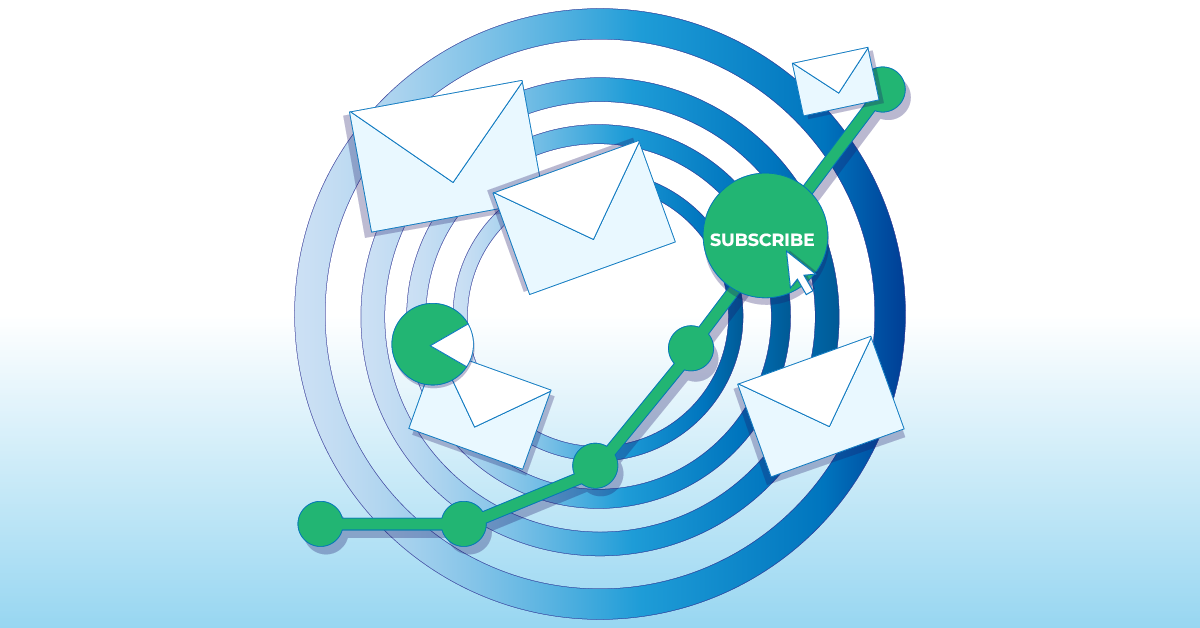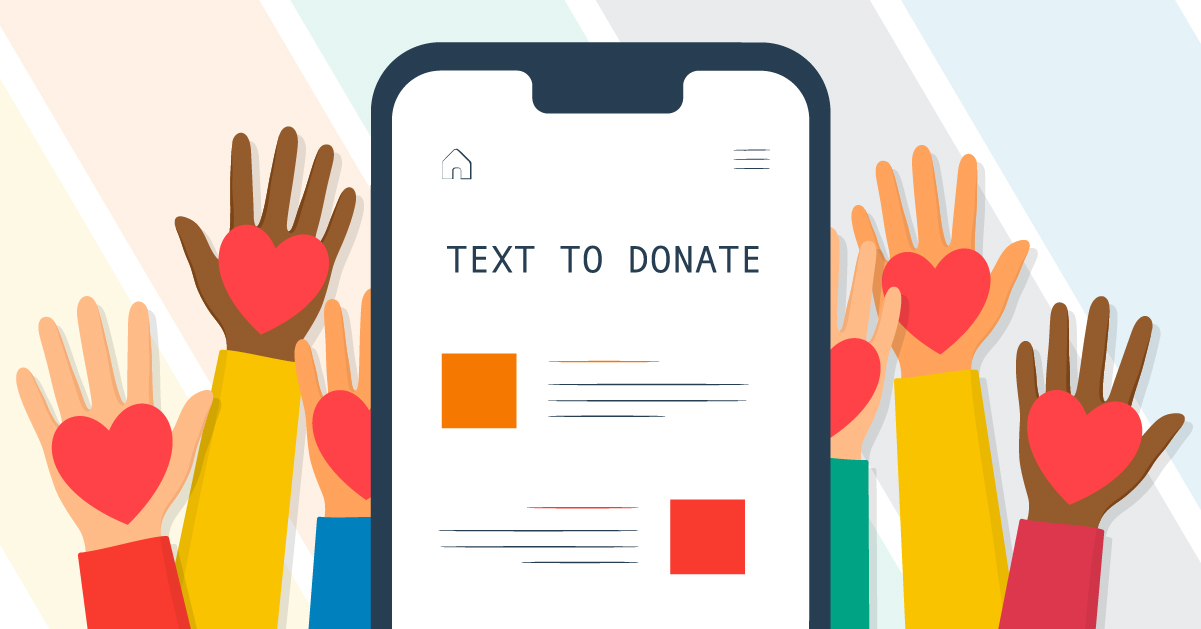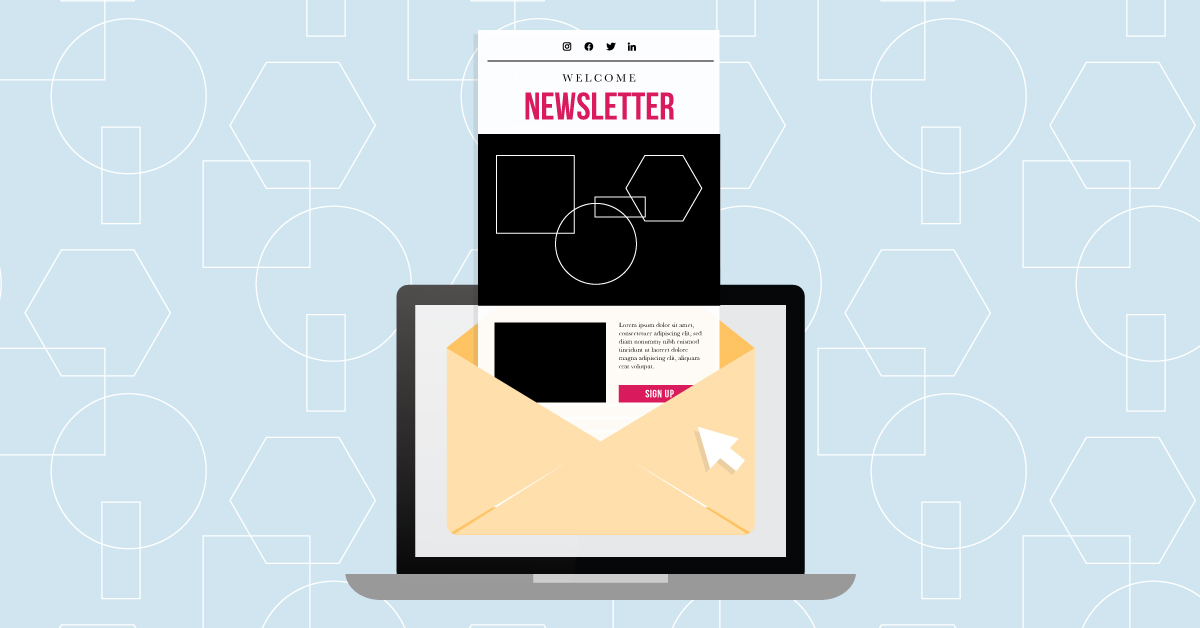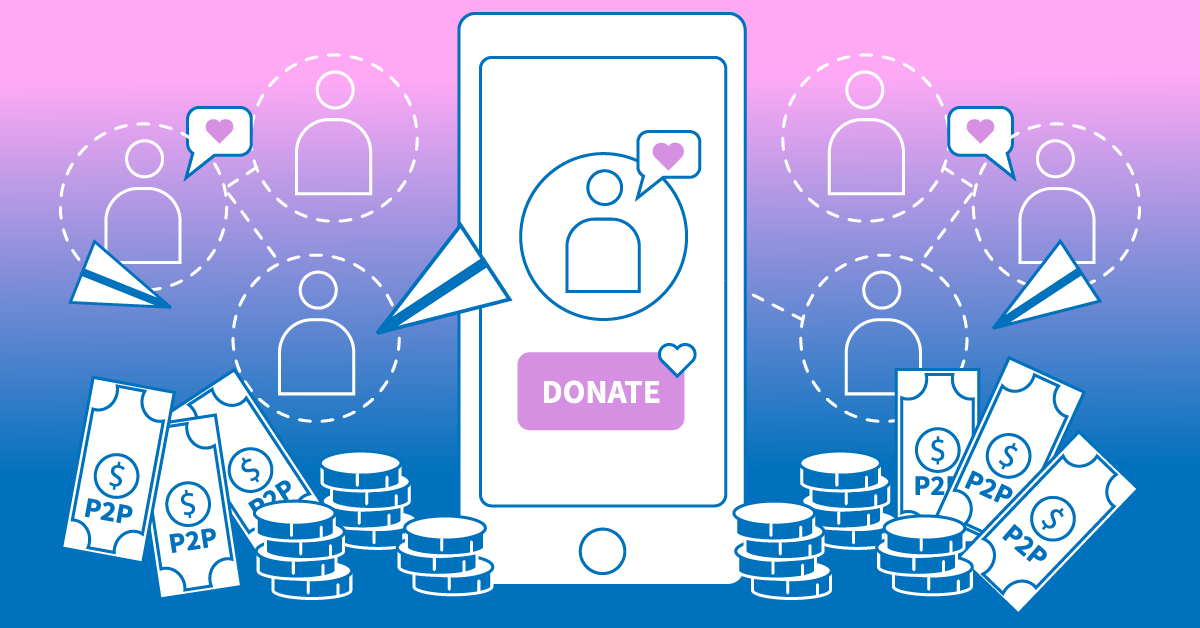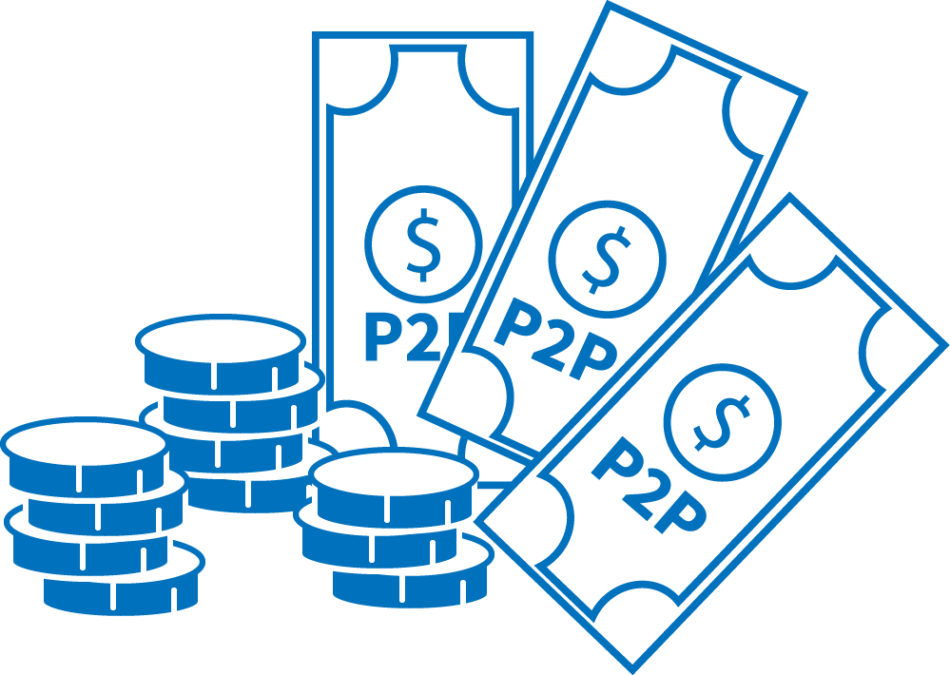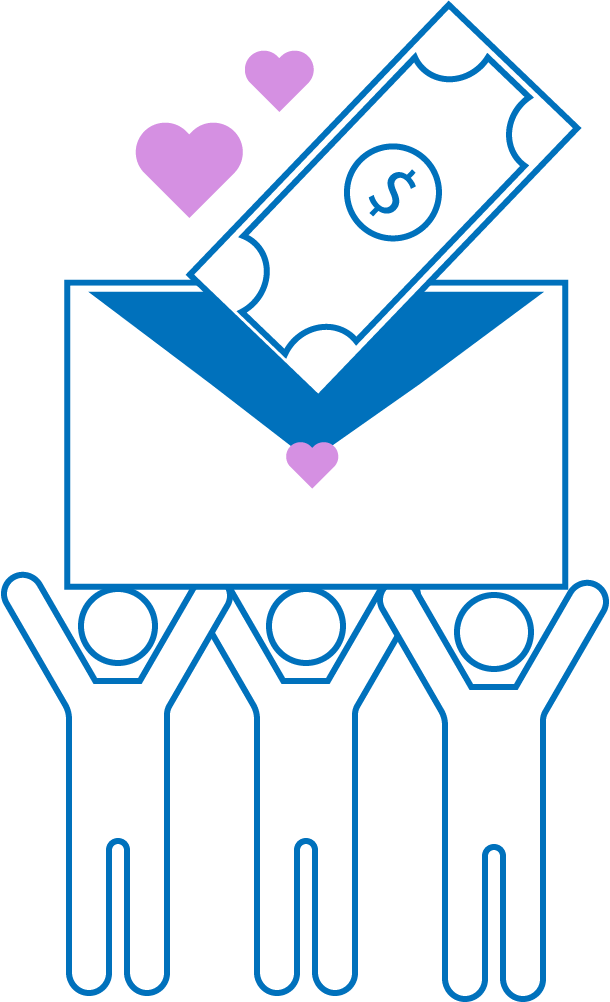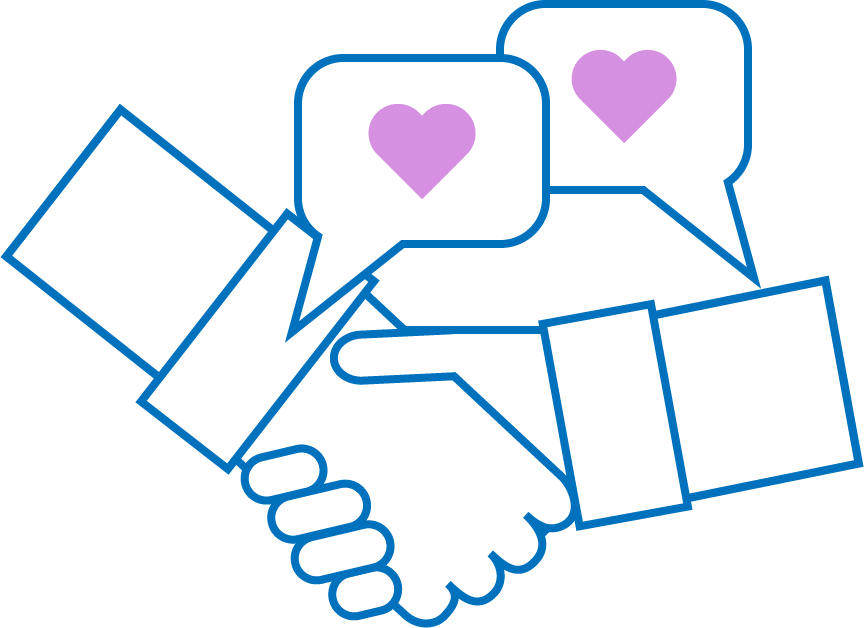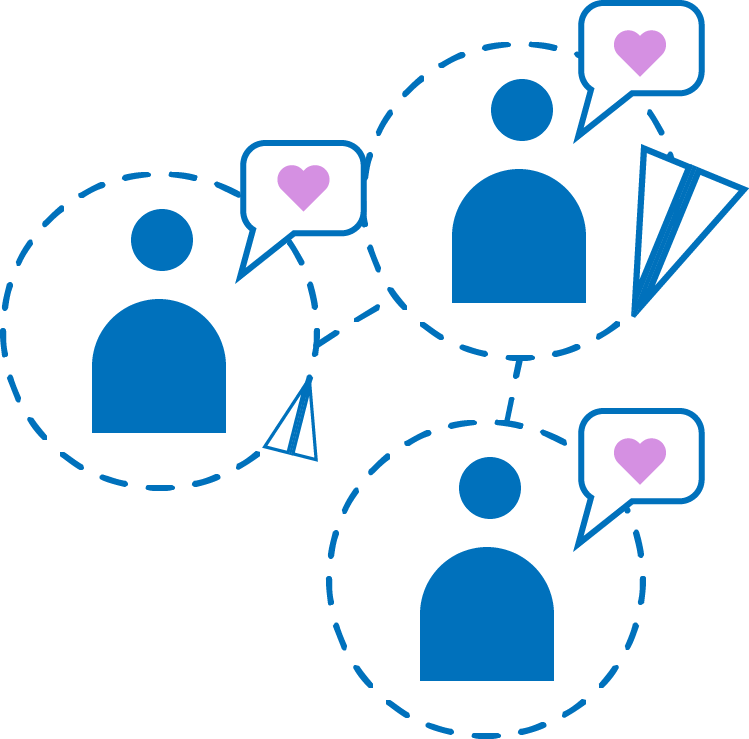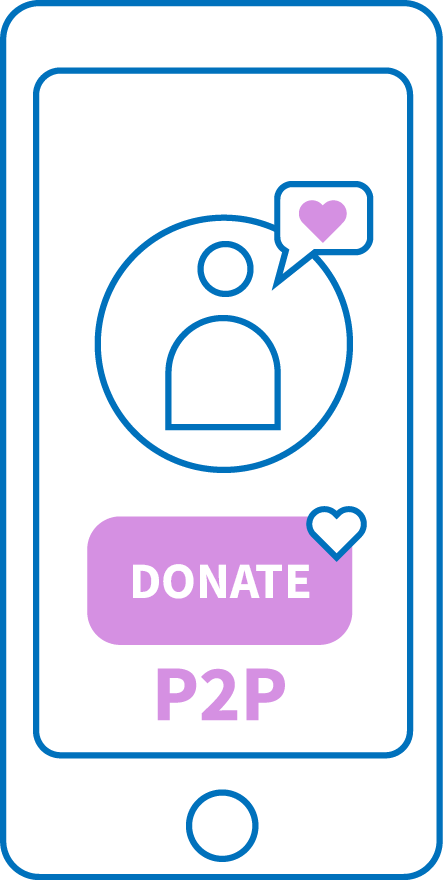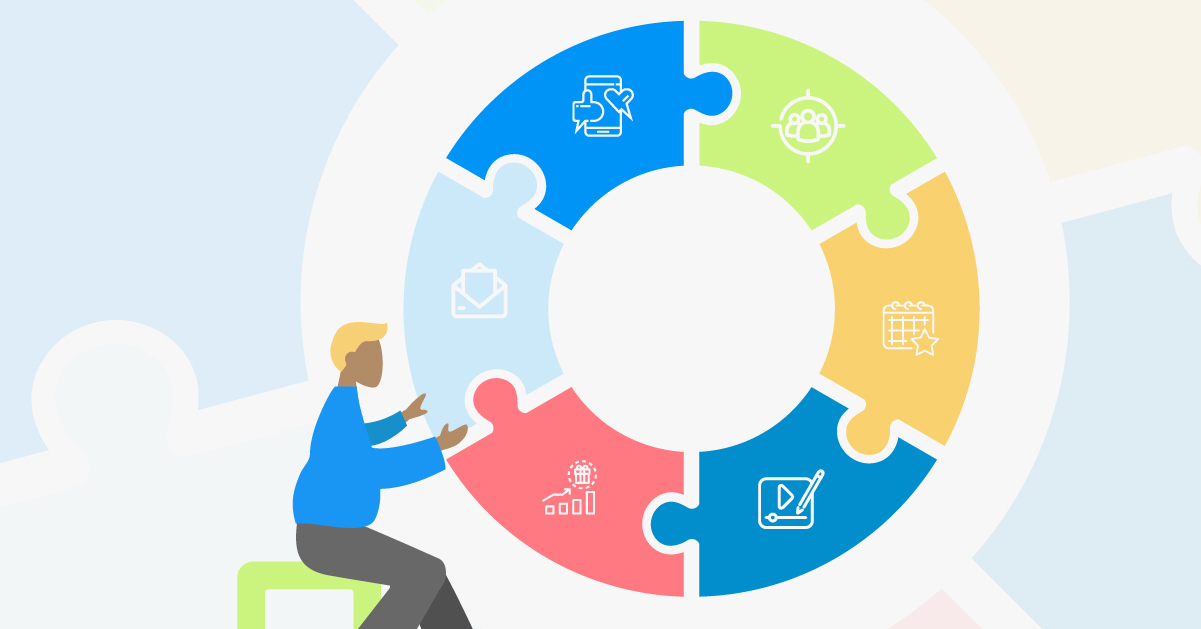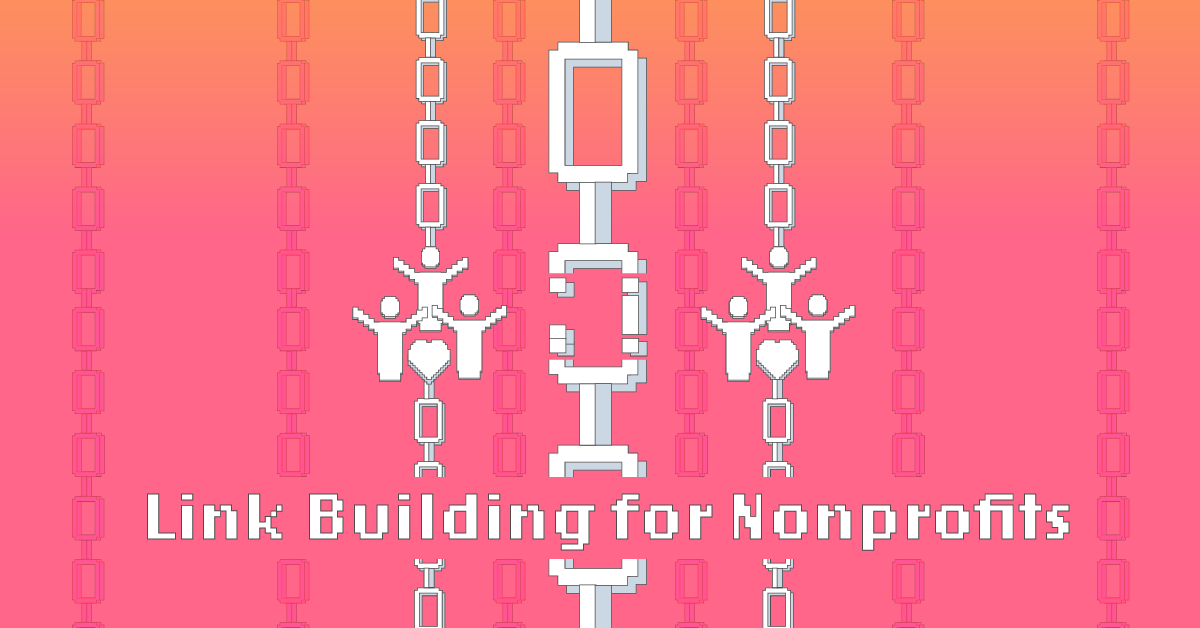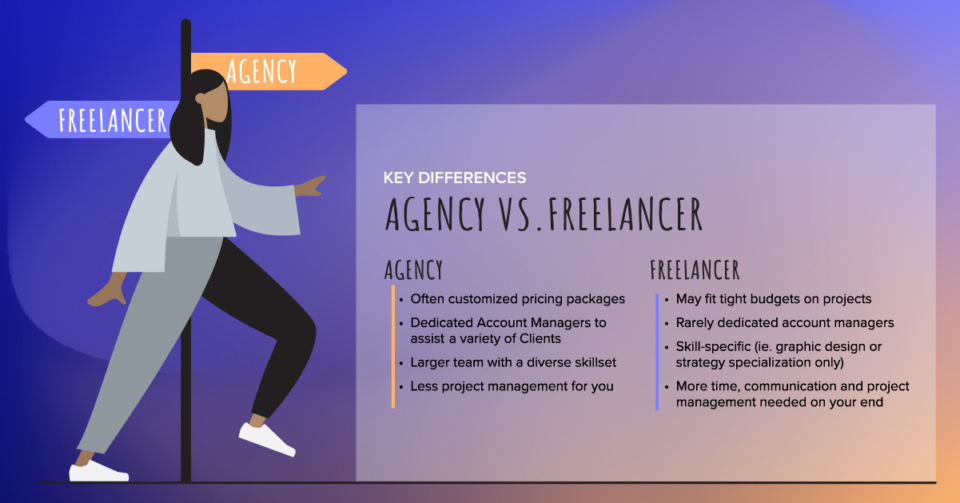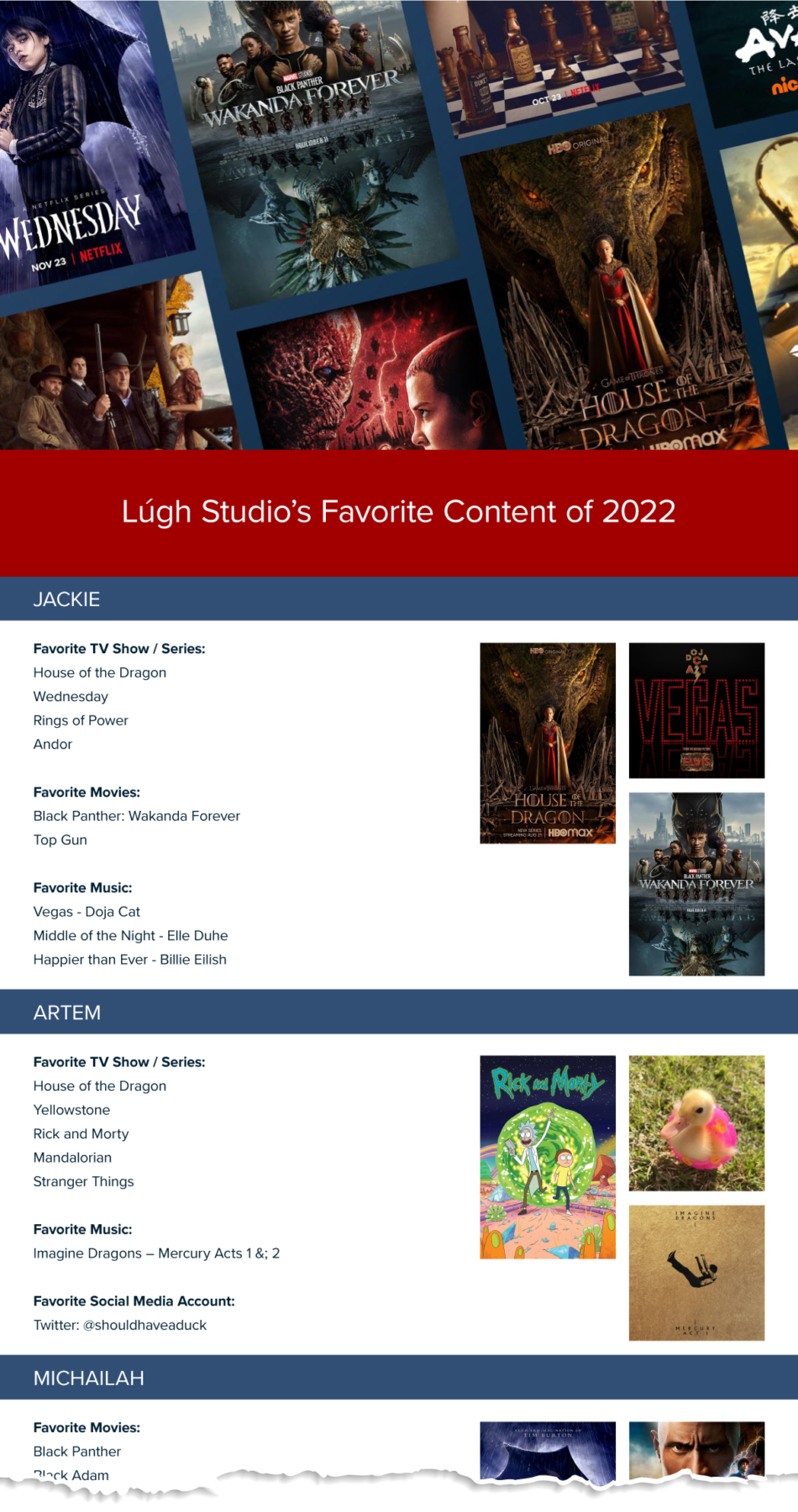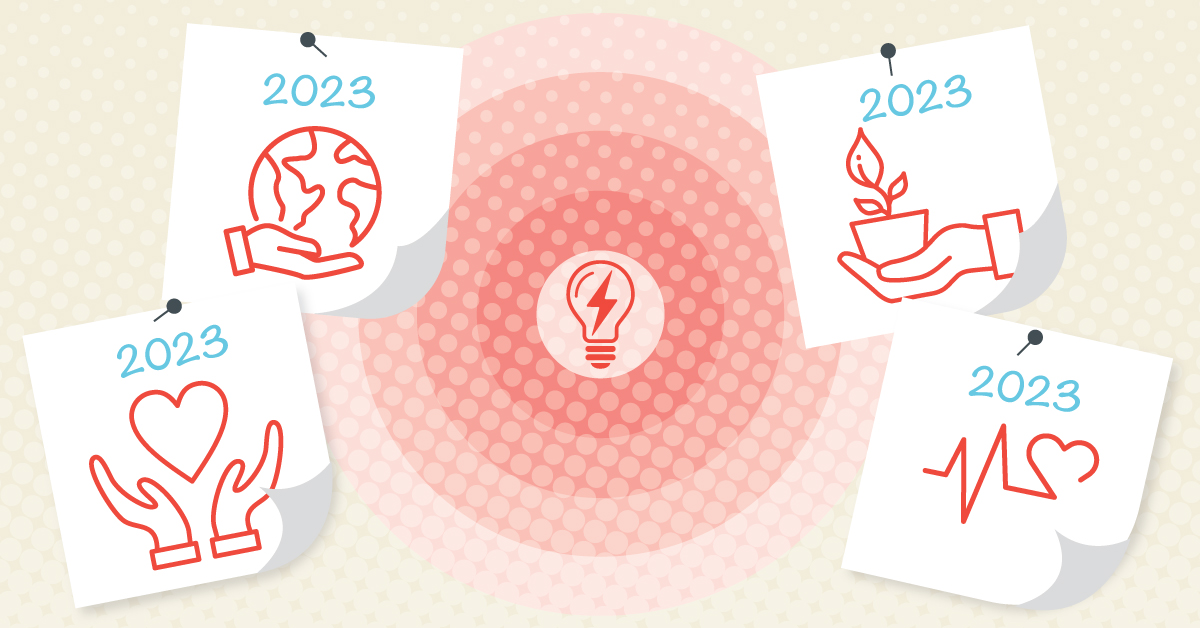In today’s digital age, nonprofits are increasingly leveraging the power of artificial intelligence (AI) to enhance their marketing and fundraising efforts. AI offers a range of tools and techniques that can help organizations reach more people, raise more funds, gain valuable insights, and make data-driven decisions.
In this comprehensive guide, we will dive into the world of AI for nonprofits. We’ll not only explore the reasons why it’s essential to embrace this technology (and what it can do for your nonprofit) but also the different ways you can maximize AI to its full benefit.
Treat this Ultimate Guide as a primer on AI for nonprofits. It’s an ever-developing technology, and we will be following up with more posts on how you can use it most effectively at your organization.
Download your PDF version of this guide here.
Let’s dive in.
AI for Nonprofits: Why You Should Care
Artificial intelligence has revolutionized various industries. Thankfully, nonprofits are no exception. By harnessing the power of AI and using it effectively, there are a number of benefits nonprofits stand to gain. These include streamlined operations, optimized campaigns, and more sophisticated donor engagement, just to name a few.
In this section, we cover the transformative potential of AI for nonprofits. In doing so, we will highlight both the key benefits and opportunities that AI presents to nonprofits everywhere. While these will vary in relevancy depending on what your organization does, most of them are applicable to the majority of nonprofits.
Enhanced Efficiency and Productivity
Of all benefits that come from using AI, increased productivity is one of the most immediately obvious. AI technologies offer nonprofits the opportunity to automate repetitive tasks. This frees up valuable time and resources, allowing your team to spend their time on more creative tasks that push the needle faster.
Let’s take just one example: chatbots. Implemented correctly, chatbots can handle routine donor inquiries and provide site visitors with information. This takes a task that normally requires a person to always be present, and puts it in the hands of AI-assisted automation. By reducing the number of tasks that have to be performed manually, nonprofits can focus workers’ time on more creative tasks and improve their overall efficiency.
Better Decision Making
We’ve said it before, but it’s worth repeating: you have to base your decisions off of data. This is the only approach that ensures you are growing your nonprofit like you want and having the effect you know you can. Data-driven decision making is essential not only for effective resources allocation, but also for implementing the right strategies. In short, data is what drives better decision making.
Thankfully, better decisions through data analysis is one of the biggest possibilities with AI. AI algorithms can analyze donor behavior, identify interesting patterns worth knowing, and predict trends. These are all things that are essential to know, and they’re much easier to get a read on when you implement AI.
A big part of this is the role that predictive analytics plays. Put simply, predictive analytics utilizes AI algorithms to analyze historical data and predict future outcomes. The use for nonprofits? Well, nonprofits can then leverage these numbers to identify potential high-value donors, forecast fundraising trends, and personalize donor reach out messages.
Improved Donor Engagement
Implementing AI tools at your nonprofit has another huge benefit: improving your relationships with your donors. Thankfully, that’s exactly what AI can do.
Through the vast amounts of data that AI routinely utilizes, sophisticated algorithms are able to better tailor messages and interactions based on individual preferences. This not only increases donor engagement but also fosters stronger relationships with them. The result? Communication that is more personalized and convincing to your audience
Just think about it. Personalized email campaigns, targeted social media content, and customized donor experiences (all made possible by big data) are just some of the things you can do with AI at your nonprofit. In many ways, more personalization is the donor engagement of the future. Approach things in the right way (and with the right tools) and a better overall donor experience is yours to create.
More Sophisticated Fundraising Capabilities
AI is also great at identifying potential donors that your team may not have thought about. AI tools do this by analyzing peoples’ online behavior, social media interactions, and demographic data. This information in turn enables nonprofits to target specific audiences effectively, thus increasing the chances of acquiring new donors (as well as retaining existing ones).
We’ve already talked about the efficiency of automation, but it’s automation that plays a direct role in improving a nonprofit’s fundraising capabilities. That’s because of all the essential tasks that AI automation can streamline. This includes donor segmentation, personalized outreach, and donation tracking. These are all tasks essential to improving your ability to approach potential new donors, but they are tasks that are hardly ever prioritized. Not anymore, thanks to AI.
More Streamlined Content Creation
AI makes it quicker and easier to create content that your audience will love. Now, does that mean that you should simply type a prompt into ChatGPT (more on different kinds of software in our “Tools” section), ask it to write you a blog post, and you’re done?
Not a chance. While tools like ChatGPT can certainly help with the ideation process (and even give you an example sentence or two), its ability to provide you with “ready to go content” is still quite lacking. There’s not a whole lot of spice or variation, and much of the writing reads quite repetitive. If you are going to use AI in your content creation process, be sure to research the right way to do it. Nobody wants to read a blog or watch videos that clearly relied on AI too much.
Better Relationships With Stakeholders
Stakeholder relationships are an essential part of a well-functioning nonprofit. These are the people that believe in your mission, and often, the organizations that support you the most financially. Unfortunately, attending to stakeholder relationships is not always the most urgent matter at hand for nonprofits.
The result? Stakeholders that support a nonprofit’s mission, but sometimes feel under-informed about what the nonprofit is doing.
AI changes that. With AI-powered performance tracking tools, your team can monitor and evaluate the effectiveness of your programs and campaigns in real-time. This data collection shows you where progress is being made, as well as where the areas are that are most ripe for improvement. The downstream effect of all of this is that you have a clearer message to your stakeholders. Because of AI, they know where you are and, most importantly, where you are headed.
AI for Nonprofits: Our Top Tips
Now that we know how AI can benefit your nonprofit, let’s cover some of our biggest tips. While each nonprofit will be at a different place in their AI journey, one thing is certain: most of these tips, implemented in the right way, will benefit most nonprofits.
Define Your Objectives and Goals
AI, in many ways, is a new frontier that is never going away. While it can be tempting to jump right into all the tools and resources you might use, it’s more effective long term to have a solid plan in place. And the first step of a good plan is defining what you actually want to achieve. So sit down with your team and ask yourself some questions:
- What are the main goals that our nonprofit has?
- Which tasks related to these main goals are the most important?
- Which of these tasks would we most like help on?
Just these three questions can get you thinking in the right direction. AI can do many things, but the most important element is getting it to actually do the thing that will have a positive effect for your nonprofit.
Look At Where Your Nonprofit Currently Is
Once you have determined your goals related to AI and the objectives you want to achieve, it’s time to reflect on where you currently stand. How ready is your nonprofit to adapt to this new technology, and what is your capacity to set up new working systems that implement AI?
This process involves assessing the existing technological infrastructure in use at your nonprofit. This includes the hardware and software that you use, your current data storage capabilities, and your nonprofit’s budget that can be devoted to AI implementation. Just as important is your company culture and how open it is to using different AI tools and solutions.
A big indication that your nonprofit is already on the right track with AI is the tools that you already use. While not all tools will be useful to you (and using just a few of the right ones will always be better than many of the wrong ones), at least some will certainly help. Used right, they can make massive amounts of work much easier, and make certain goals more achievable.
Of course, the exact kinds of tools you should be using will vary widely. Be sure to check out our next section about “Tools” to get a jumpstart on picking the right ones.
Always Be Learning
If there’s one thing constant about AI development, it’s this: things are always changing. That’s why always learning and staying on top of new trends in the AI space is essential. Of course, this should be on an organizational level first and foremost. Your managers and team leads should strive to push for more adoption of AI tools and gradual integration of them into your everyday work tasks.
However, it’s up to you to inspire a culture of learning that encourages your employees to be learning on their own time. Are you serious about embracing AI for your nonprofit? Are you ready to do what it takes to embrace all the benefits it can bring your organization, as well as the challenges it will invariably create?
If you are, it’s essential that you have a team that is properly trained to the point of being able to make good decisions fast. This requires upskilling your team or hiring staff with the necessary expertise. Assess the skills you need and identify training needs from there. This is a step that will pay dividends as you gradually build a team competent in using AI.
Maintain Human Connection
At the end of the day, both private businesses and nonprofits still need to prioritize connection with real people. Let’s face it – as wonderful as AI is, people still want to chat with other people. This is especially true with nonprofit organizations. While AI offers powerful capabilities, you need to have a balance between automation and human connections. We all value authentic reactions and personal relationships, after all.
What this all means?
Nonprofits should use AI to enhance, rather than replace, human touchpoints. Be sure to combine AI-driven efficiencies (several of which we’ve discussed) with meaningful human engagement. This will give you the holistic experience that donors love while generating more trust and long-term support.
Partner with Others
Like just about any other new technology, AI presents a great opportunity for deeper and more constant collaboration. If you let it, that is! Everything that AI can make quicker and more consistent (content distribution, digital campaign creation, donor reach out, stakeholder communication) is a chance to collaborate with others. With all the options, you’re only limited by your imagination.
Here are a few potential “partners” you might consider:
- AI experts
- Technology providers
- Nonprofits in your industry
- Influencers in your niche
The benefits of building partnerships with others (however AI may help) is enormous: more knowledge sharing, better resource pooling, joint fundraising campaigns, and higher quality collective projects. If you are going to take full advantage of everything that AI can do, be sure you’re not going it alone.
Monitor Your Results Continuously
Just like any other technology, your efforts with AI need to be monitored. As we said at the beginning, the only things that are improved are the ones you track. With that in mind, it’s worth your time to keep tabs on how your new direction with AI tools is progressing.
How you do this? While there are a few different ways you can approach monitoring AI at your nonprofit, key metrics are the essential first step. What are the goals that you most want to achieve with AI, and which metrics are the ones most closely related with these goals? These are the key metrics you should be tracking.
Be sure to understand what AI monitoring actually entails before getting started. This ensures you approach the process in the right way. As for the tools that will help you effectively monitor your AI-related results? Read on for our last section…
With how many businesses and nonprofits are using AI these days, it’s important that you know which tools can most benefit your own organization. That said, as we’ve already mentioned, it’s easy to feel overwhelmed by all the options. Recently, it seems like there is a new AI tool “you simply need to check out” almost every single day.
Far more important is picking the right tools and learning how to master them. With that in mind, we end this Ultimate Guide with a list of five tools you might check out. These are all high quality and can ease your nonprofit’s transition to AI implementation.
1) DataRobot: This is a comprehensive AI platform that enables nonprofits to harness the power of predictive analytics. It works even for organizations with limited data science expertise. Use this tool to optimize fundraising campaigns and make data-driven decisions.
2) DonorSearch: DonorSearch is a prospect research tool that helps nonprofits identify potential high-quality donors. By analyzing public data, the tool can provide you valuable insights into individuals’ financial capacity to give. Use this tool if you’re looking for more donors.
3) Salesforce Nonprofit Cloud: Robust and “all inclusive”, this software offers a range of AI-powered features designed for nonprofits. This includes sophisticated donor management, fundraising automation, and personalized engagement. Use this tool to take full advantage of the power of AI.
4) Google Ad Grants: Looking to advertise your nonprofit online, but don’t have the funds for it? Google Ad Grants is an AI-powered program that provides eligible nonprofits with $10,000 per month in Google Ads credits. Use this program if you want to get started with advertising.
5) Hootsuite: Lastly, Hootsuite is a platform that helps you with your social media marketing. And you guessed it – recently, it has incorporated AI-powered features to make the entire process more effective. Use this tool if you want to build your audience and donor base through social media, and you want AI to help.
Conclusion
AI is here to stay. Ignore it and you fall behind the organizations that are willing to learn how it works.
Download your PDF version of this guide here.
Embrace AI for nonprofits, however, and you are able to increase efficiency, personalize your donor interactions, and run more effective fundraisers. What’s not to love?



















